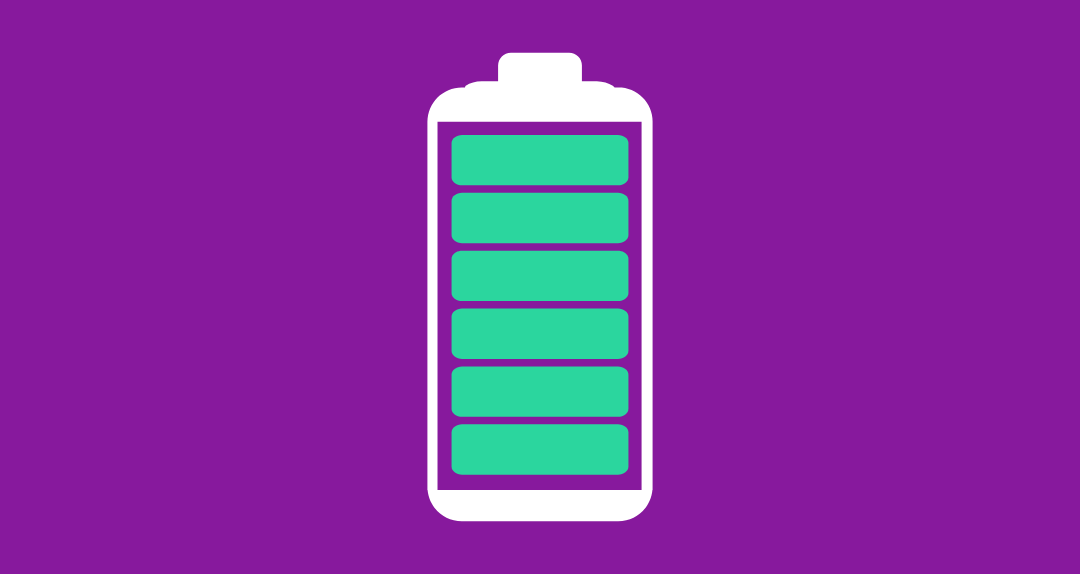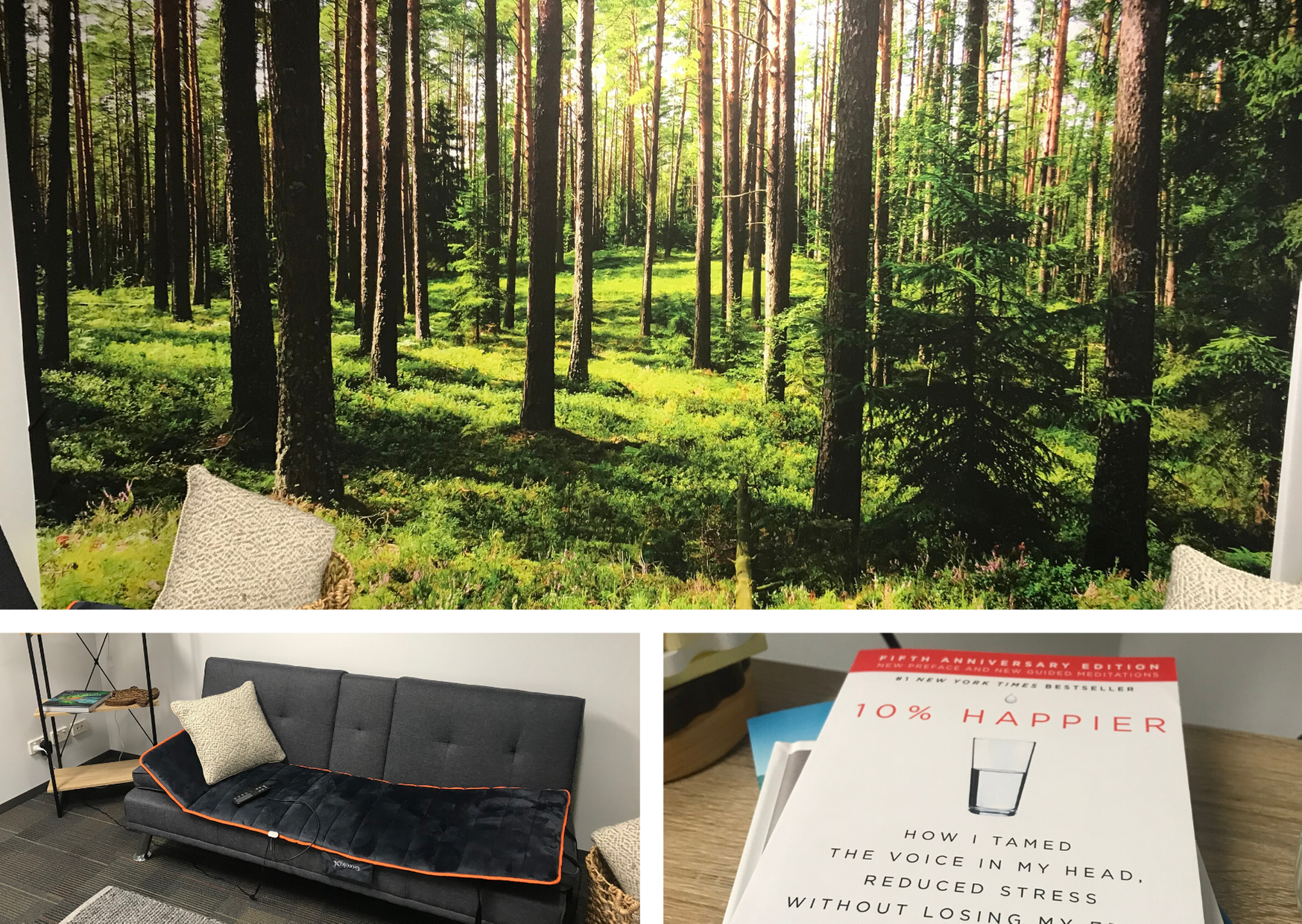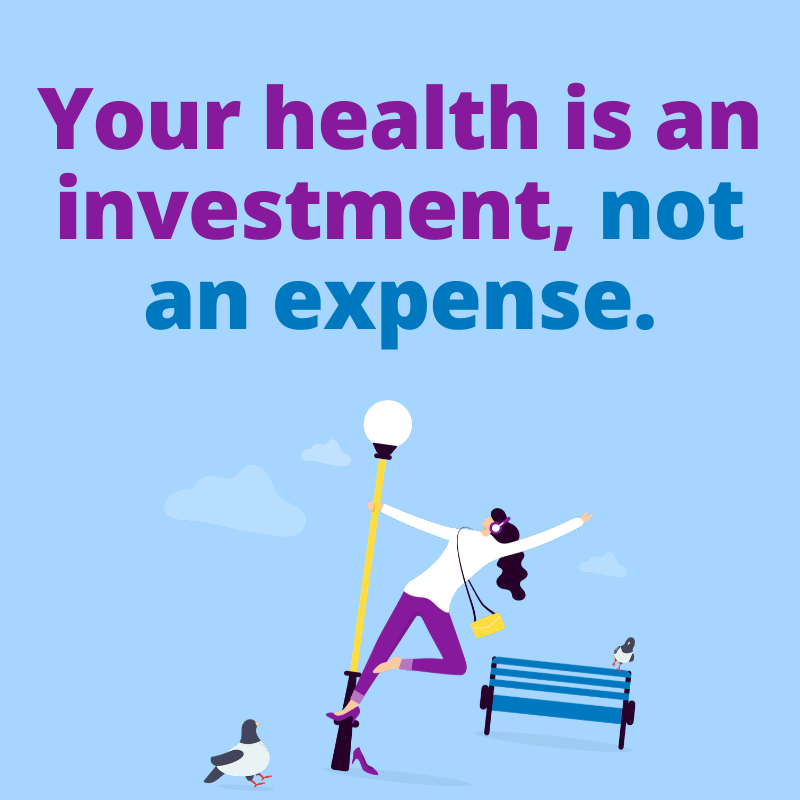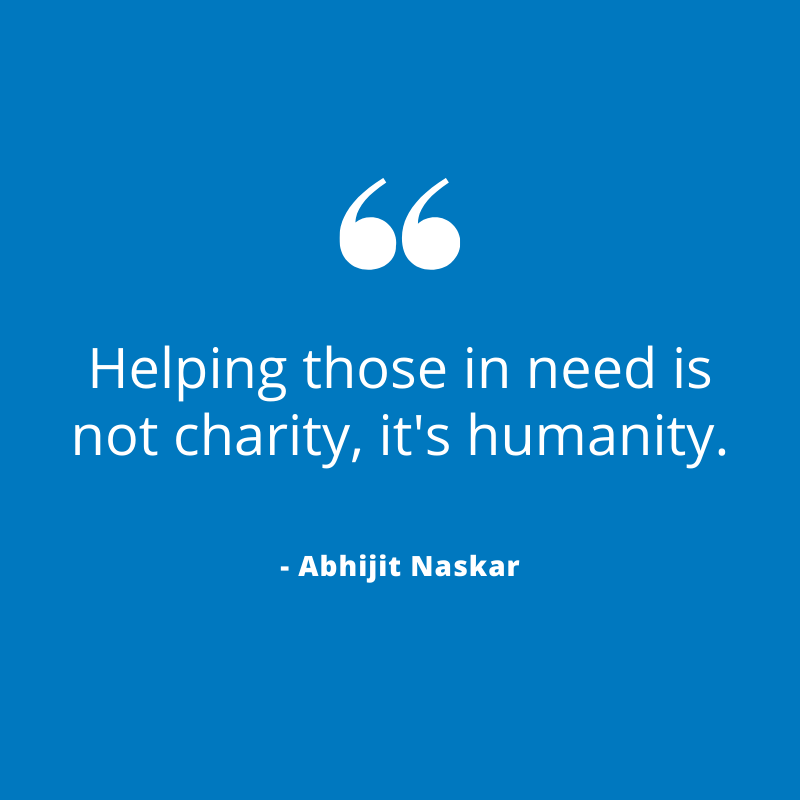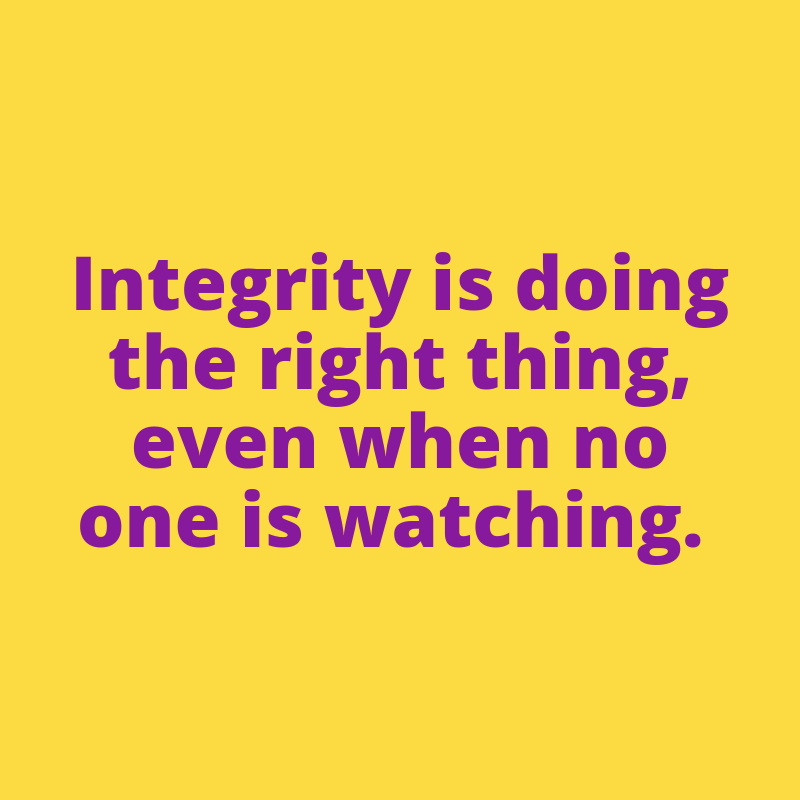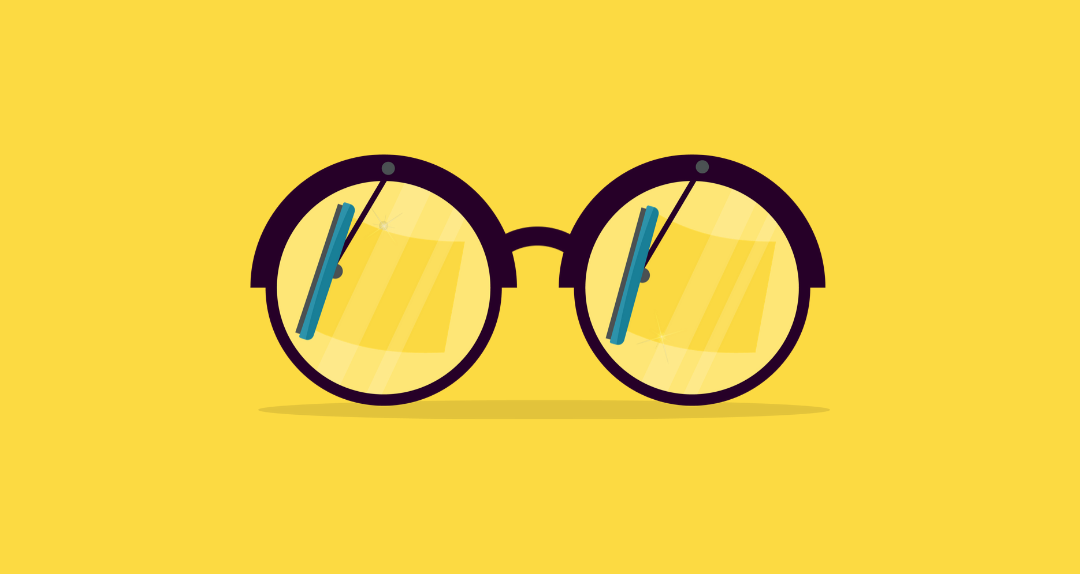It’s been heartening to see how Australians everywhere have come together to help flatten the curve and support each other during these unprecedented times. Whether it’s through physical distancing, local manufacturers turning their trade to producing essentials (like hand-sanitizer) or just supporting positive mental health with a bit of fun, we’re all doing out bit to ensure we get through this together. We’re no different. We have made a number of significant changes to how we do business in order to support Adviser and Broker clients, our customers and communities. Here are just some of those initiatives.
Adapting our claims process.
Our role is to be there when people need us most, and there is no time when you will need help more than at claim time. To guide our systems and processes we have a simple and straight forward claims philosophy. We treat all people who lodge a claim the way we would want to be treated if we were in their place. Integrity isn’t just our name, it’s also the way we do business.
We’ve eliminated claim forms for almost all claims and replaced them with a tele-claim process that allows us to collect the information we need for a claim quickly and with less follow ups for additional information. We’ve even extended this to generating fully personalised treating physician questionnaires so that busy Doctors can provide information on a claim without having to wade through pages of questions.
We’re also continuing to pay ongoing benefits even if medical information is temporarily unavailable from hospitals and medical centres. This ensures your clients keep getting paid without putting any additional pressure on medical professionals during this time.
Financial hardship.
We have invoked our financial hardship policy for anyone who has lost a job as a result of COVID-19 or who has had a significant reduction in hours/pay. Not only have we introduced premium waivers, but we’re also allowing suspension of cover for 6 months or 1 year, depending how long the policy has been in-force.
Ongoing support for our frontline.
As we have always done, we’re continuing to support Australia’s frontline workers by maintaining our standard application rules. This means no loadings or exclusions for frontline workers and we have expanded the definition of ‘frontline’ to include many additional essential jobs like Pharmacist, Police Officer and Aged Care worker.
Supporting Advisers and their clients through technology.
Our Award-Winning Adviser portal was built to accommodate both remote working for Advisers and remote applications for clients. We have a number of features that support this like; an adaptive portal that can be accessed on any device from anywhere with an internet connection, our “Send App to Client” feature which allows Advisers to get clients to complete their background and medical information via a secure link in the privacy of their own home (eliminating the need for tele-interviews or paper forms), and we have a raft of features that save Advisers time – like virtual underwriting.
Supporting our people.
Our entire company was able to transfer seamlessly to ‘working from home’ within 24 hours and we continue to comply with all physical distancing rules with minimal impact to underwriting, applications or processing of claims. We’ve been fortunate as a new operation to be able to leverage the same technology that big tech companies like Google and Facebook use. This means all our people can access everything they need to support your clients and our customers remotely. We’re ensuring they’re able to be here for the long-haul too with a number of programs to support and sustain positive mental and physical health.
If you would like more information on any of these initiatives, feel free to get in contact with us.
